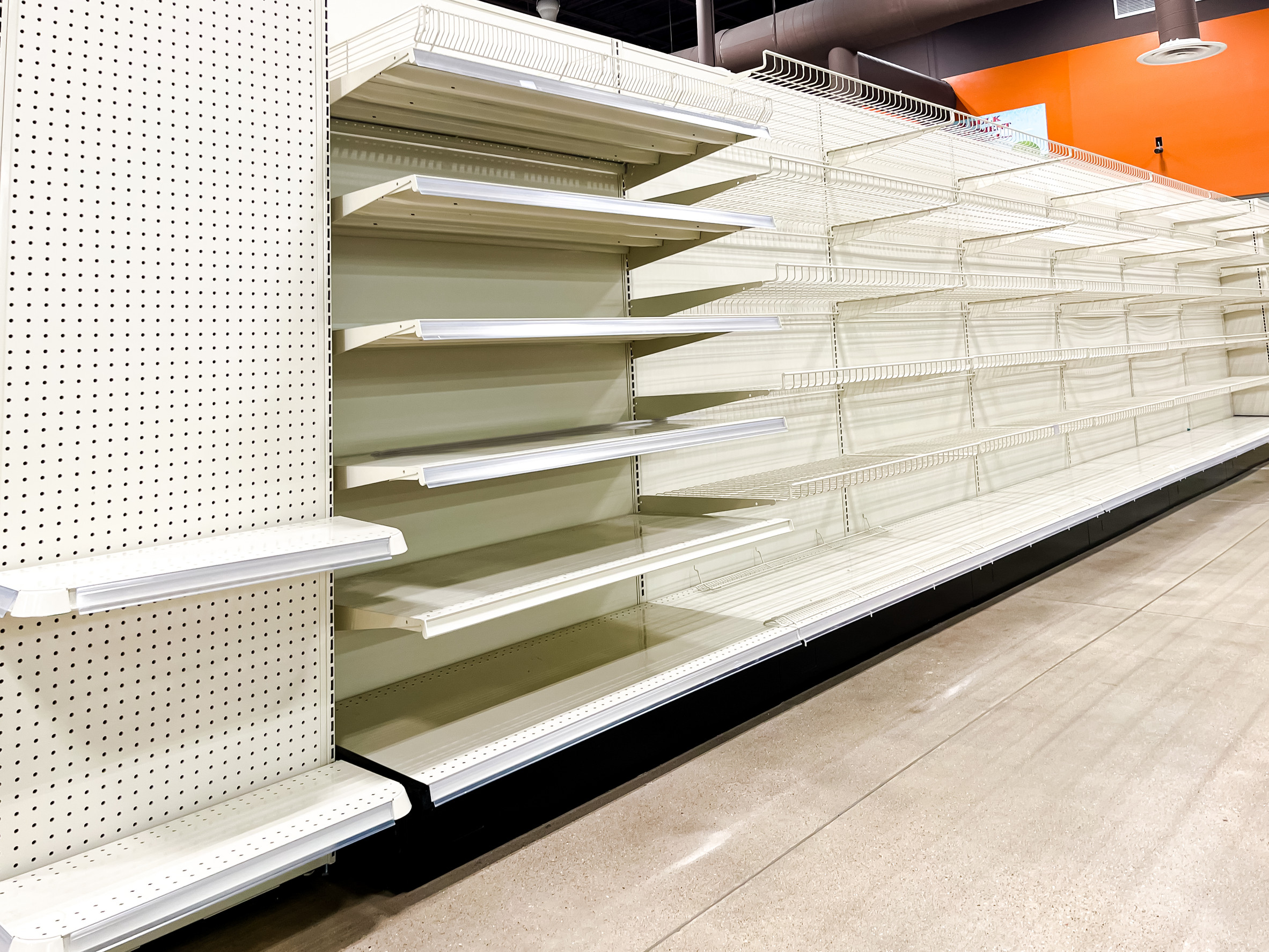
Imagine shopping, grabbing your usual items, and a week later you find out one of them was recalled. But by then, the store has already pulled it quietly, and customers with that lot may never see a recall notice. These stealth recalls matter because you might still have unsafe food in your home, even if the shelf seems clean. Understanding what types of products are pulled early (and how) gives you a head start to check your pantry, protect your health, and avoid surprises. Here are seven kinds of grocery items often quietly removed before most consumers even notice the recall.
1. Frozen Meals with Undeclared Allergens
Frozen prepared meals are a common culprit for quiet recalls, especially when allergens like shellfish, milk, or nuts are missing from the label. For example, Good & Gather’s Southwest-Style Burrito Bowl Blend was recalled for undeclared shrimp. It’s the kind of issue that stores may quietly pull from freezers rather than widely advertise, especially if only some lot codes are affected. Many shoppers don’t inspect frozen meals closely for allergens, so when something goes wrong, the recall may fly under the radar. Always check lot numbers and UPCs on frozen items before using or discarding.
2. Boxed or Dry Products Overlooked by Label Errors
Another product type quietly pulled involves boxed or dried foods—mac & cheese, snack mixes, or pasta alternatives—where label errors occur. Gooder Foods recently pulled two varieties of boxed mac & cheese for having undeclared cashews and milk. Even when shelves are emptied, customers might still have older boxes at home, or small specialty stores might not get the message immediately. Because dry goods are stored for longer periods, they can linger in households unnoticed. It’s wise to check your pantry now and then for recall lot information.
3. Fresh Produce Later Found Contaminated or Mishandled
Sometimes, fresh fruits or vegetables get flagged for contamination (Salmonella, Listeria, etc.) or pesticide issues after routine testing. These products may be quietly removed from shelves once test results arrive—but often only in batches or certain stores. Since fresh produce doesn’t often have lot codes visible in the same way as packaged foods, many shoppers don’t realize the specific batches affected. For example, frozen fruits and vegetables linked to Salmonella have been on recent recall lists. If you bought produce, especially bags or frozen packs, checking recall databases can help.
4. Seasonal or Limited-Run Items with Short Shelf Life
Products produced for holidays, special promotions, or limited batches are sometimes quietly pulled if issues arise. Because they’re not standard items, stock is limited, and when something’s wrong, stores may only remove what they have and skip broad flags. These items are already trending out of season or off shelves, so many customers never encounter a visible recall notice. The risk is that people who bought them earlier may still have them stored at home. If you have seasonal goodies or “limited-edition” items, it’s worth checking even after the time has passed.
5. Store Brand Products Under Supplier Contract Changes
Store brand (private label) items often come through third-party suppliers. If those suppliers fail safety tests or change ingredients, the affected batches may be quietly recalled. Because they are store brands, the branding may not draw attention like big-name brands, and updates or recalls might only be in internal store notices. Sometimes, records of lot codes are harder for consumers to track if the packaging is generic. Always check store brand items too, especially if you rely on them regularly.
6. Items with Minor Labeling Errors or Foreign Materials
Some recalls are triggered not by foodborne illness, but by mislabeling (wrong ingredient listed) or discovery of foreign material—like plastic, metal fragments, or packaging defect. These issues can lead to recalls that stores may quietly pull once notified, especially if only certain lot codes are affected. For example, frozen vegetables recalled for Listeria or salad kits mislabeled for allergens have happened recently. Even though the risk might feel “minor” to some, for people with severe allergies or vulnerable immune systems, it matters a lot. Always inspect labels and check if your product might be part of such a recall lot.
7. Dairy or Refrigerated Foods Pulled Before Freshness Complaints Rise
Dairy products like cheeses, yogurts, or other refrigerated items are frequently recalled quietly—either because of spoilage, detection of bacteria, or after quality tests fail. Because cold supply chains are complex, stores may pull affected batches before customers notice anything off, relying on internal quality control. Often, customers might only hear about the recall via the manufacturer’s site or the regulatory agency—not from local stores directly. By the time public alerts surface, some households may have already consumed the product. If you use refrigerated staples often, it’s smart to check recalls periodically.
Being Proactive Helps You Stay Safe
These cases show it’s not enough to trust that “no recall notices” means your products are safe. You can scan UPCs, lot numbers, and “best by” dates on your items periodically. Sign up for recall alert services from the FDA, USDA, or consumer safety groups. If something you often buy is part of a recall, act fast—even if the store looks clean. Your vigilance can be your protection.
You May Also Like
- These 9 Items Always Vanish on the First Day a Food Recall Hits the News
- Why Shoppers Say These 9 Products Are Impossible to Find After a Recall
- Why Some Brands Survive a Major Recall and Others Don’t
- 6 Times a Recalled Product Was Still on the Shelf
- How Alabama’s Health Department Handles Food Recalls
The post 7 Products Grocery Chains Quietly Pull Before Customers Notice a Recall appeared first on Grocery Coupon Guide.







